In a war torn Japan, a failed kamikaze pilot faces survivors’ guilt and struggles to recover alongside a makeshift family of a homeless young woman who, just like the main character, lost her parents in the air raids, and an orphaned infant that the young woman was requested to protect at the dying mother’s request. While dealing with all of this, there is a monster mutated and angered by nuclear waste and warfare lurking just off of the coast.
Toho Studios’ Godzilla Minus One is a fantastic movie that deserves just as much attention as it is getting. According to NBC News, Comscore reported that the movie made over $15.7 million within a week of its release in the United States. Not only did this movie draw in crowds, it was also received incredibly by both fans and critics. On Rotten Tomatoes, Godzilla Minus One has a staggering tomatometer and audience score of 98%. Over the years, Toho Studios Godzilla movies have been gradually improving upon their past, but what makes this new installment of the franchise so good?
The Graphics are Gold
In Godzilla Minus One, the graphics have been far improved from just a man in a godzilla suit. The use of CGI has made it so that the movie can have a true and visceral impact. The ability to add more detail to Godzilla’s appearance allows for a more immersive experience. This along with the increased ability and flexibility to include Godzilla in scenes helps to improve the movie overall, but it especially helps with building suspense all throughout the movie.
One of the most suspenseful scenes was when Godzilla was chasing after a small rickety steamboat carrying the main characters. A combination of the scene composition, music, and the graphics all helped to create a visceral and tense feeling during this scene. Being on the steamboat, the characters were barely able to keep ahead of Godzilla, and their weapons were proving to be useless. This helps to raise the suspense, as the viewer is unsure if or how they’ll be able to get to safety.
Another time where the CGI is used for high impact is any of the instances when Godzilla uses his atomic breath. A new addition to the process of Godzilla’s atomic breath is the slow rise of his spikes one by one as his spine lights up. This new style for the build-up is excellent because it helps to build suspense and increase the impact of the final blast, which has been adjusted as well to more closely mimic an atomic explosion. This builds upon Godzilla’s aura of sheer terror. There are a litany of scenes throughout the movie where Godzilla uses his atomic breath, and each and every one of them is powerful.
Another way the graphics help to build upon the previous movies is how they are now able to display the sheer scale of Godzilla. Because of CGI, they are able to make him much larger, and feel much more real. There are times when Godzilla lashes his tail and buildings collapse, and other times when he takes down WWII battleships. Scenes like this speak to the power that Toho Studios bestowed upon Godzilla in this most recent rendition.
Another aspect of Godzilla Minus One that makes it such an improvement from previous films is the very well written story that is much improved from past movies. In this movie, humans are the primary focus throughout the movie, as it encompasses how Godzilla impacts them, and how they then respond. The main character, Kōichi Shikishima, is a failed kamikaze pilot from WWII, someone who is rejected from society simply because he wanted to live. In the wake of the destruction of WWII, you watch Shikishima grapple with the haunting choices of his past as Godzilla begins a seemingly endless onslaught on Japan. Even just the concept of the character is far improved from previous films— someone who is riddled with depth and complexities. Shikishima is a very interesting character to follow.
Taking Cues from the Original
Aspects of Godzilla Minus One that help to make it so excellent (and mark it as the start of a new era of movies), are the scenes that mirror Godzilla 1954 littered throughout. In both films, Godzilla’s early attacks and first appearance center around an island called Odo Island. In both movies, the natives to Odo Island seem to know more about Godzilla than anyone else, and provide background to the other characters in the film.
The first major scene that mirrors the original movie is when Godzilla attacks a train in Tokyo. In Godzilla 1954, Godzilla attacks the train by picking up some of the cars in his mouth and crushing them. Even with the limited resources they had at the time, this was still a fantastic scene; however, with modern capabilities and improved writing, Toho Studios was able to improve upon this scene.
Firstly, they added a character into the train car that Godzilla was attacking— one of the main characters, Noriko. Having Godzilla grab the train car and try to destroy it while Noriko is still inside creates a visceral scene that leaves the viewers on the edge of their seat. They wonder whether or not she will make it, and the ability to use special effects help to make the scene much more realistic and much more real.
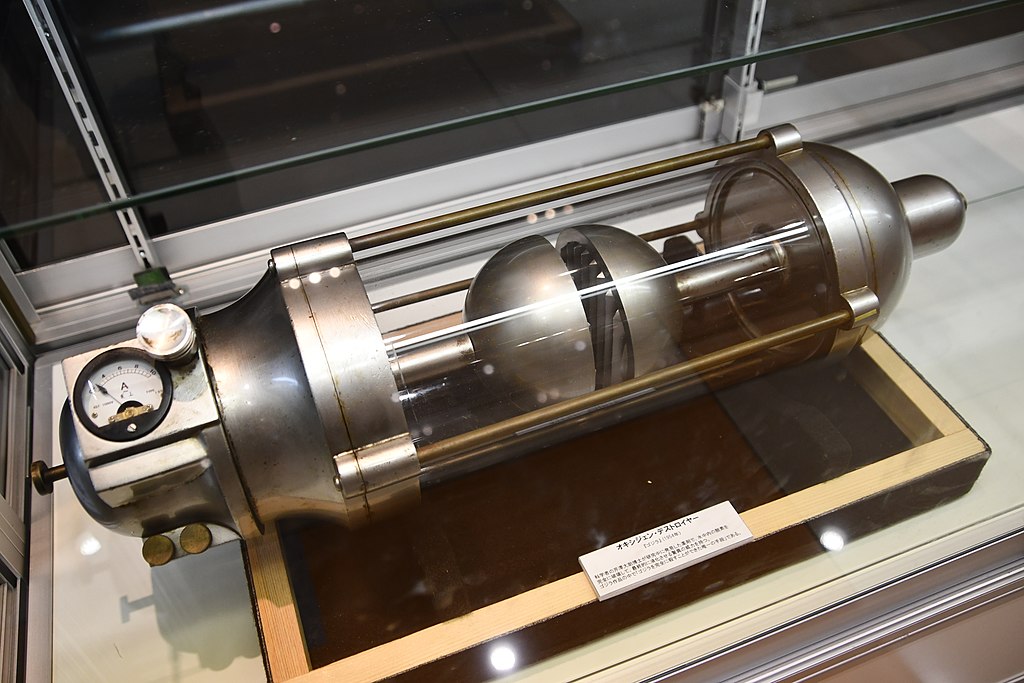
Another scene that is mirrored from Godzilla 1954 is the scene where news reporters are on the roof of a building, reporting on Godzilla when he comes along to knock it down. In the 1954 film, they are on a cell tower reporting on Godzilla as said monster slowly approaches to knock it down. However, with special effects, there is so much more depth and detail in the collapse of the building. The sheer scale of Godzilla in both movies is captured excellently with this scene, and it also gives the viewer an idea of what the average citizen is going to be seeing about Godzilla: that one broadcast may be all the information they have access to, which would be terrifying.
Lastly, there are many aspects of the final scenes of each movie that mirror one another. The 2023 film improves upon this final scene by implementing a scientific backing on what the humans use to combat Godzilla. This helps the movie to feel less fantastical, and everything seems more real to the viewer. Additionally, the movies end on differing notes; Godzilla 1954 ends on a dismal note of sacrifice, while Godzilla Minus One ends on one of redemption.
A New Era
The potential for a sequel to Godzilla Minus One is hinted at in an after-credits scene that implies that possibility of a continuation of the story. This could be exciting for many viewers because that could mean a litany of monsters from previous Toho movies could potentially be returning. Monsters such as Angirus, Ebirah, Hedorah, Gigan, Megalon, and Battra, all monsters that have not been featured prominently in a Godzilla movie (including Legendary’s movies) in a long time, have a chance to return and feature in a new form where they can truly thrive. Seeing these monsters in updated graphics and a more well-written world would provide them with a reboot they deserve.
With the potential of a new era of Godzilla movies on its way, there is more to be excited about than just some of the monsters that could be returning. Godzilla Minus One has already improved upon so much, and it can appeal to a much wider audience since it is such a well written movie. With that being the case, there is certainly much to look forward to in the future of Toho Godzilla films.


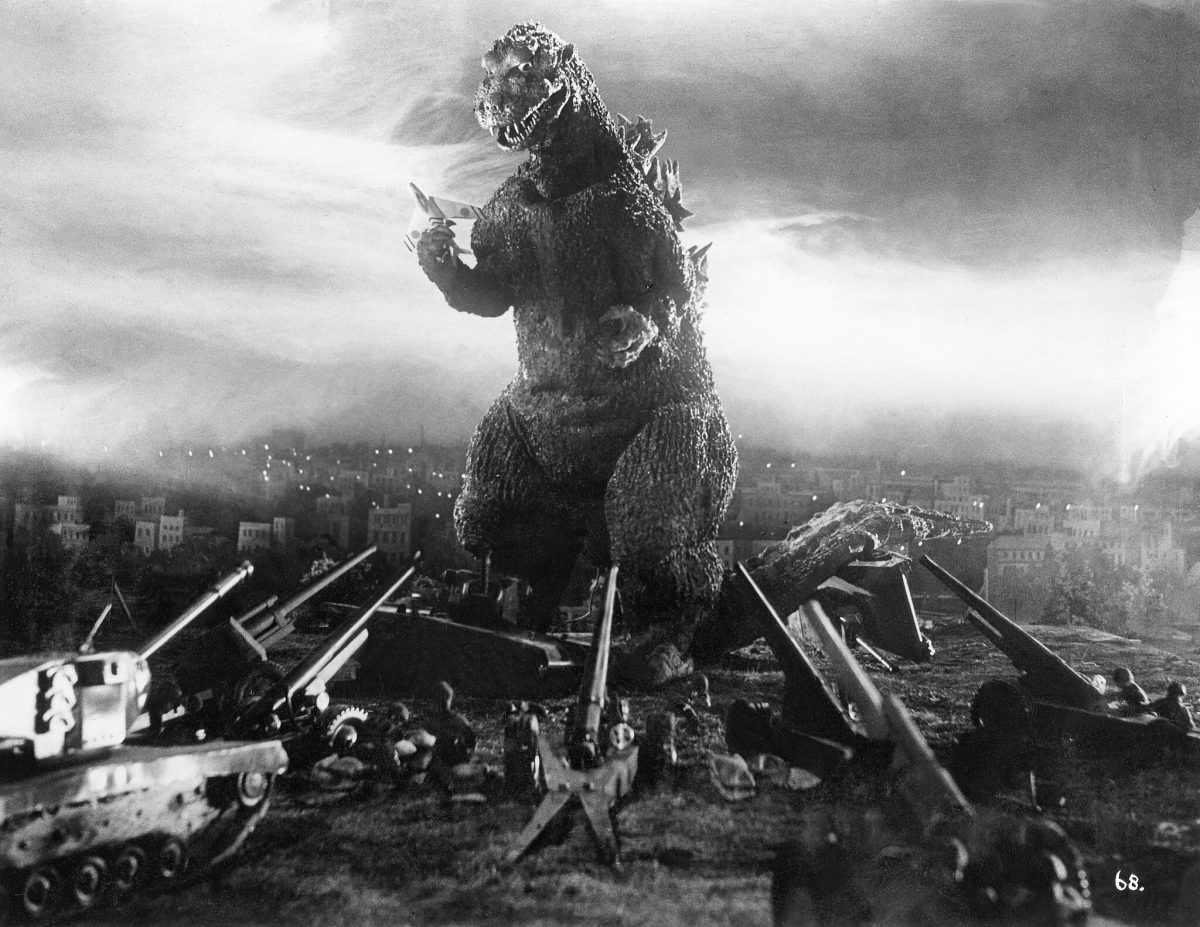


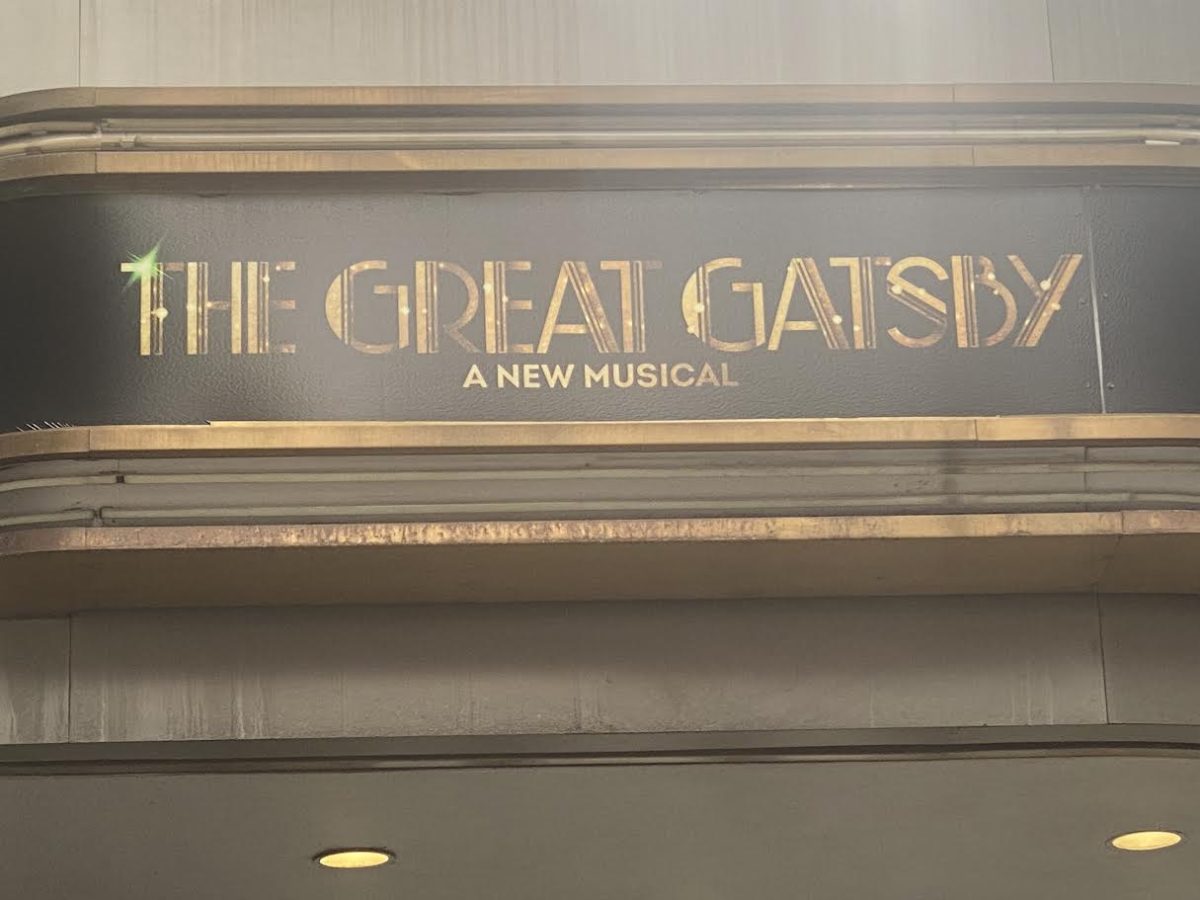


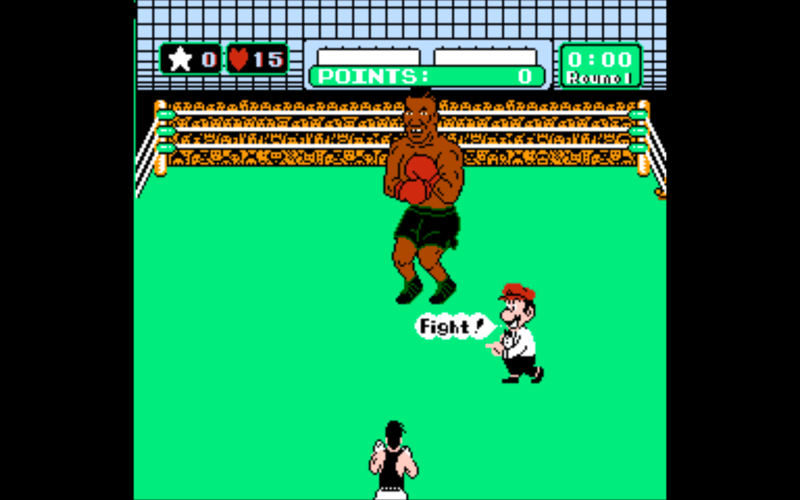
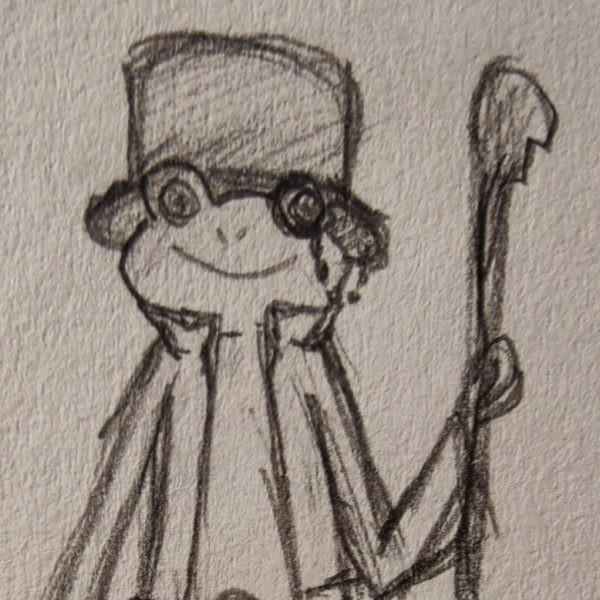
Allison • Jun 1, 2024 at 7:51 pm
Godzilla Minus One is now available for streaming in the U.S. on Netflix!